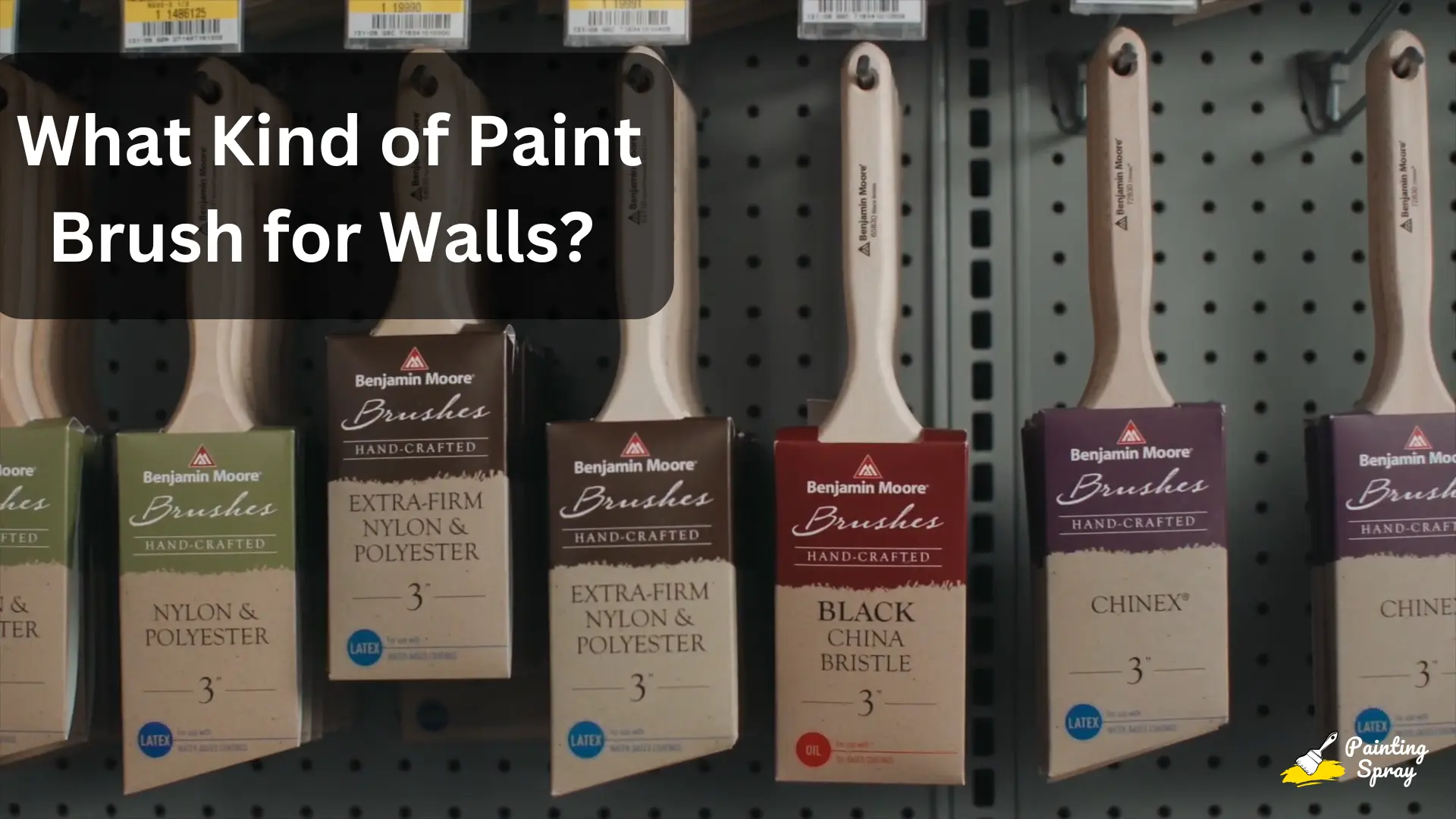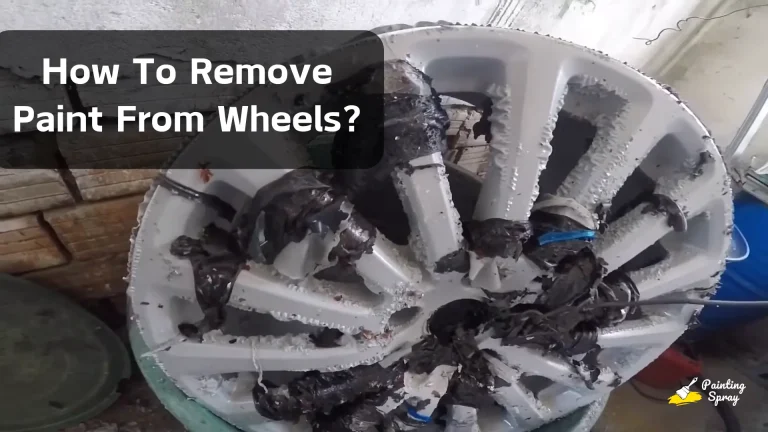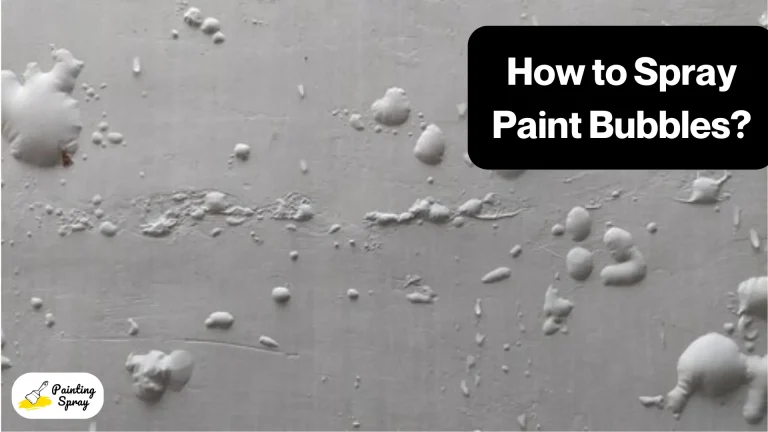What Kind of Paint Brush for Walls? Choosing the Right Tools for a Smooth Finish

Choosing the right paint brush is essential for achieving a smooth finish on your walls. A flat wall brush is ideal for larger areas, while an angled brush works well for edges and corners. Understanding brush sizes can help you tackle different jobs more effectively.
For small details, a brush that is 2 to 2.5 inches wide is perfect, while larger surfaces benefit from brushes that are 3 to 4 inches wide. This will make your painting project faster and easier, ensuring better coverage and fewer streaks.
When painting, a variety of brushes can give you the best results. Selecting the right tools not only improves the appearance of your work but also enhances your overall painting experience.
Understanding Paint Brushes and Rollers
Selecting the right tools for painting walls is crucial. Different brushes and rollers serve specific purposes based on the type of paint and the surface you are working on. Knowing the options can improve your painting experience.
Types of Brushes for Different Paints
When choosing a brush for walls, consider the type of paint you will use. For latex paints, brushes made from nylon/polyester blends work well. They provide a smooth finish and resist soaking up too much paint.
If you’re using oil-based paints, you should opt for natural bristle brushes. Their split ends hold more paint, giving you better coverage.
You can also find blended covers that combine natural and synthetic bristles. These are versatile for various finishes.
When selecting brush sizes, larger brushes (4-6 inches) are effective for large areas. Smaller brushes are useful for corners and edges.
Rollers for Covering Large Areas
Rollers are a great choice for painting large, flat surfaces like walls and ceilings. They cover more area than brushes and can produce a consistent finish.
For semi-smooth surfaces, choose medium nap rollers (1/2 to 3/4 inch). For rough, textured walls, use long nap rollers (1 inch or more).
Rollers come with different roller covers that suit various paint types. For latex paints, use a synthetic cover, while mohair covers work better with oil-based paints.
Using rollers with extendable handles allows you to reach higher areas without a ladder. Always clean your roller covers after use to prolong their lifespan.
Selecting the Right Brush Size and Shape
Choosing the right brush size and shape is vital for efficiently painting your walls. The size affects coverage on large areas, while the shape helps with precision in tight spots or for detailed work.
Brush Size for Large and Small Areas
When painting walls, pick a brush size based on the area you’re working on. For large surfaces, such as walls, a 3 to 4-inch flat brush is ideal. This width allows you to cover more area quickly without leaving streaks.
For smaller areas or detailed trim work, consider using brushes that are 1 to 2 inches wide. These allow better control and can reach into corners and along edges easily. Using the right size brush will improve efficiency and the final look.
Brush Shape for Control and Precision
The shape of your paint brush also matters. Flat brushes are excellent for large wall areas, as they provide smooth coverage. They work well for applying paint evenly.
For more control, especially along edges or trim, use an angled brush. This shape lets you navigate corners and intricate designs easily.
A round sash brush can also help for detailed work, allowing for smooth application in tight spaces. Each brush shape contributes to a more polished finish, matching your project needs.
Techniques for a Smooth and Professional Finish
Achieving a smooth and professional finish on your walls is vital for the look of your paint project.
Different techniques apply based on the type of paint you choose. Specifically, oil-based paints and latex paints require distinct methods and tools to ensure the best results.
Application Techniques for Oil-Based Paints
When working with oil-based paints, the key is to use high-quality brushes, such as those with flagged bristles. These brushes help to hold more paint and distribute it evenly on the surface, leading to a smoother finish.
Start by loading your brush about one-third of the way and remove excess paint. Apply the paint using long strokes to minimize brush marks.
Make sure you work in small sections, blending each stroke together before the paint dries. This ensures an even look across the wall.
If you encounter drips, avoid wiping them with the brush. Instead, lightly smooth them out with a clean portion of the brush for better results.
Achieving Smoothness with Latex Paints
For latex paints, use a synthetic brush with firm bristles. This brush type allows for great control while applying paint.
Similar to oil-based paints, load the brush correctly and apply paint in long, even strokes. Keep a wet edge to avoid lap marks by painting from wet to dry areas.
Overlap your strokes slightly to ensure full coverage. Lightly dragging the brush tips can help to level any uneven areas.
Allow the first coat to dry fully before applying a second coat. This enhances the depth of color and helps achieve an ultra-smooth finish.
Utilizing Extension Poles and Accessories
An extension pole can be a game-changer for your painting project. It allows you to reach high areas without a ladder, which improves safety and efficiency. Attach your brush or roller to the extension pole securely to ensure stability.
Consider using a brush with a narrow angle or a roller with a smooth cover for tight spaces and corners.
Using a brush in tandem with a roller can streamline the process, particularly for larger surfaces. Always keep your tools clean and free of debris to maintain a quality finish throughout your work.
Maintaining Your Painting Tools
Keeping your painting tools in good condition is key to achieving excellent results. Proper care can extend their life and improve your overall painting experience.
This section will cover essential cleaning methods and storage tips.
Proper Cleaning for Brushes and Rollers
Cleaning your paintbrushes and rollers right after use is crucial. Dried paint can ruin tools quickly. For synthetic brushes, rinse them in warm, soapy water. Gently work the bristles to remove paint.
Do this until the water runs clear. For natural bristle brushes, use mineral spirits or a brush cleaner to break down paint.
After washing, reshape the bristles and let them dry flat or hanging to avoid bending. When cleaning rollers, remove excess paint, then soak them in soapy water. Rollers can be cleaned by running them under water until the paint is completely out.
Storage Tips to Prolong Tool Life
Storing your brushes and rollers properly can help keep them in good shape. Always clean your tools before storing.
For paintbrushes, keep them in a case or hang them to prevent bristle damage. Avoid placing brushes flat on surfaces, which can cause the bristles to bend.
Rollers should be stored in a plastic bag to keep moisture in and prevent them from drying out.
If using foam brushes, clean them and store them upright to maintain shape. Proper storage avoids unnecessary wear and prepares your tools for your next painting project.






